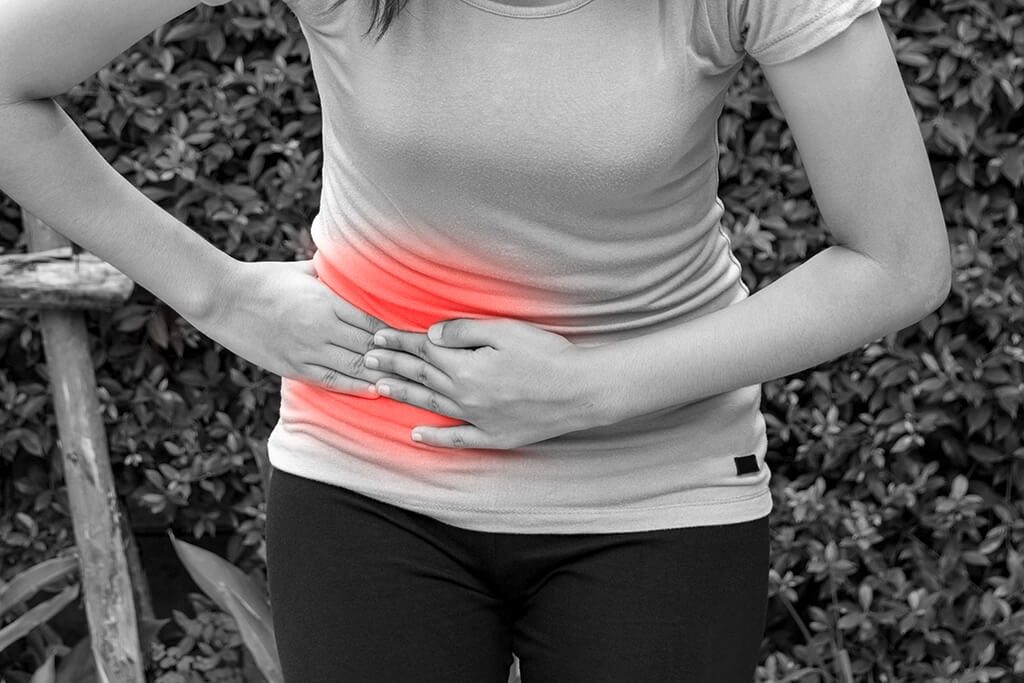
Appendicitis can strike anyone at any age, though it is most common between 10 and 30 years of age. It is usually regarded as a medical emergency that requires immediate attention.
Appendicitis occurs when there is infection or inflammation of the appendix, a tubular structure at the lower end of the caecum. This is a pouch situated at the beginning of the colon, just below where the small intestine enters the colon. In most people, the appendix lies in the lower right side of the abdomen.
Appendicitis is believed to be due to blockage of the lumen of the appendix, usually by a lump of hard stools. The mucus produced by the lining of the appendix then becomes trapped and the appendix becomes swollen. The pressure affects the blood lowing in the wall of the appendix, and eventually causes it to break and burst open, releasing all the infected material into the abdominal cavity.
If there is still no treatment, the infection usually accumulates around the area and causes a large abscess. In some cases, the body is unable to contain the abscess and the pus spreads throughout the entire abdominal cavity, causing severe infection and possibly death.
Symptoms
Although most people think of pain from appendicitis as occurring in the lower right side of the abdomen, the pain from appendicitis usually starts from the umbilicus or even above it. The pain then moves to the lower right abdomen. This is accompanied by nausea, vomiting and fever. There is usually pain when pressing on the abdomen over the area of the appendix. A sudden release of the pressure of pressing can also cause pain. If you experience these symptoms, seek medical attention immediately because timely diagnosis and treatment are very important.
How It Is Diagnosed
The following tests are used to diagnose appendicitis:
- Abdominal examination by palpating. Having pain in the abdomen only confirms the presence of inflammation and/ or infection in the lining of the abdominal cavity below the area being pressed. It does not indicate the source of the inflammation or infection.
- Blood test to see if your body is fighting an infection. This has been reported to have an accuracy of only 50%.
- CT scan and/or ultrasound. The most accurate test to detect appendicitis is a CT scan.
How It Is Treated
The standard treatment for appendicitis is removal of the appendix. This procedure is called an appendicectomy. There are a few ways to do this:
- Open surgery – this is the traditional way during which a cut is made across the lower right side of the abdomen and the appendix is removed through the cut. The cut is usually at least 4 to 5 cm long and can be longer if there is severe infection around the appendix.
- Laparoscopic (keyhole) surgery – this procedure has gained traction in recent times. A cut is made at the umbilicus and a camera is inserted. Two small 5 mm cuts are made further below to put in the instruments to free up the appendix and cut it off. The appendix is then removed through the cut at the umbilicus.
- Single port surgery – this is a variation of laparoscopic surgery during which a special device is inserted at the umbilicus. All the instruments are placed through the device, thus avoiding the other two small 5mm cuts. The surgery is performed in exactly the same way as the standard laparoscopic surgery.
Most patients are discharged within one or two days. However, those with severe infection or abscess from an appendix that has perforated may need to stay longer in the hospital until the infection is resolved. Hence it is important to seek treatment as soon as symptoms arise.







